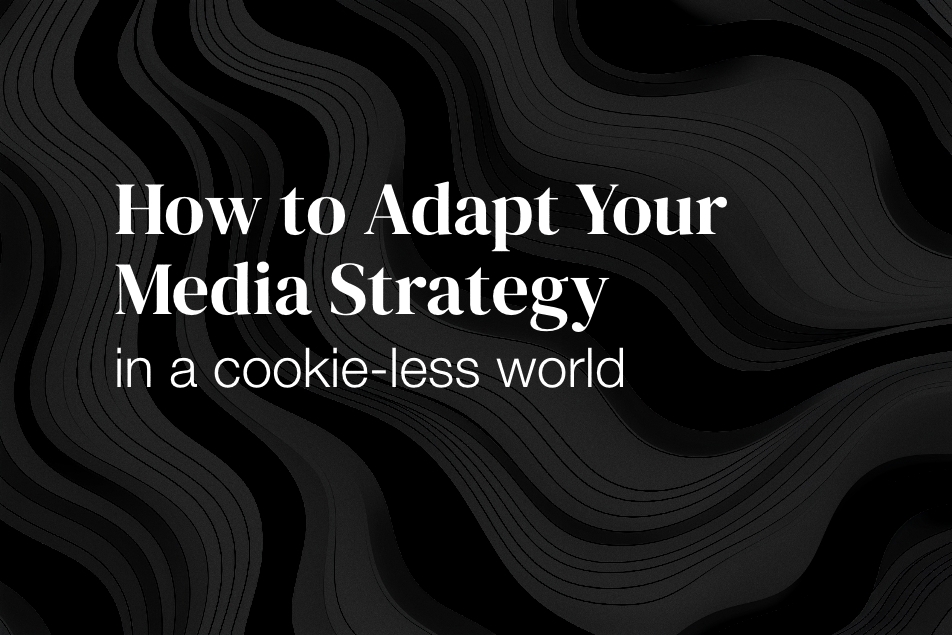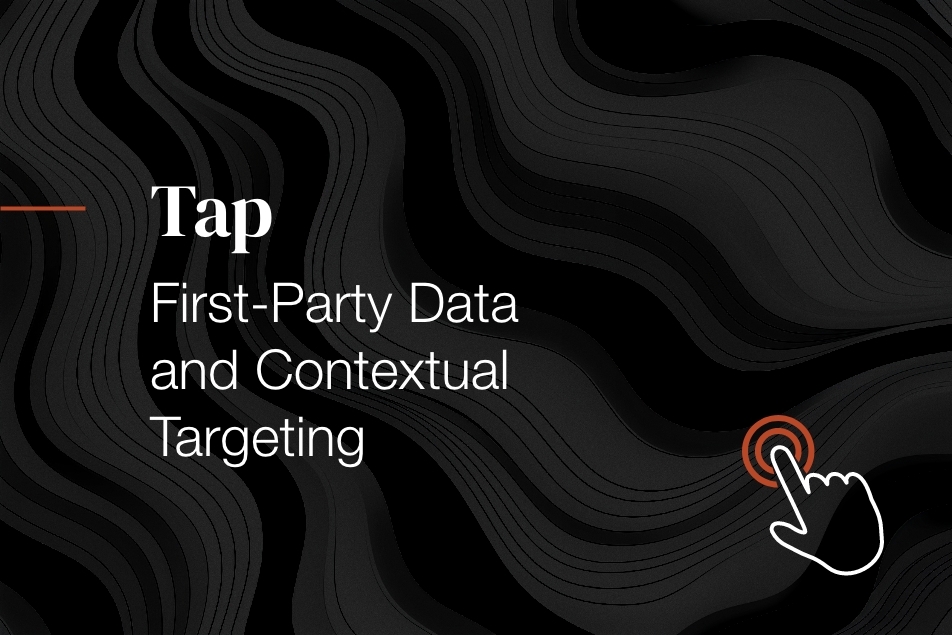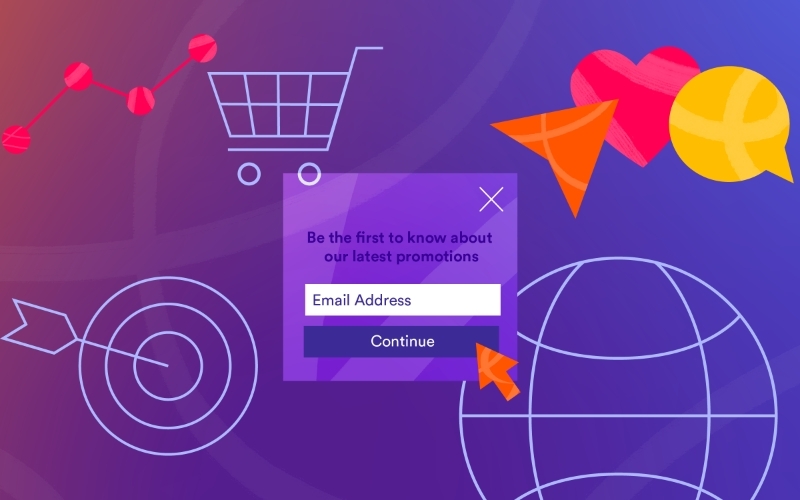Media Strategy
Programmatic

Written By
Matt Wadley
Content Marketing Associate Director
Editor's note: Since we published this post, Google has postponed eliminating third-party cookies by the end of 2024. They are now broadly targeting completing the process sometime in 2025. That said, the guidance below remains unchanged: Advertisers must continue strategies to reach their target audiences without the data supplied by third-party cookies. (Last updated April 29, 2024)
When Google announced in January that it would (finally) begin implementing a new feature to limit cross-site tracking, it marked a key moment in the final chapter of the third-party cookie.
While Google’s first phase of cookie deprecation impacts only 1% of Chrome’s global users — or about 30 million people — the company has publicly committed to fully eliminating third-party cookies before the end of 2024.
Once that milestone is reached, Google will join most internet browsers — including Safari and Firefox — that have already moved on from third-party cookies over the past several years. This switch has been driven by regulatory requirements and consumer desire for more control over how personal data is used.
So while the deprecation of cookies is not new territory for advertisers, the impact of Google finally phasing them out is monumental when you consider that more than 63% of global internet users use Chrome.
With advertisers assessing their real-world readiness for the larger changes coming from Google in late 2024, I caught up with two of Wray Ward’s integrated media experts — Nick Lyne, senior programmatic manager, and Kirsten Haugsted, associate planning director — to get a temperature check on how digital advertising and media buying are evolving in anticipation of a cookieless World Wide Web.
Let’s recap where we are and where we’re headed with the impact of third-party cookie deprecation.
Nick: Digital media buying is predicated on the existence of cookies for targeting purposes, using them to identify users and categorize them into various audience segments. Going forward, first-party cookies — those pieces of data that help improve the user experience on a company’s website — will remain relatively unaffected.
But without access to third-party cookie data, advertisers will have to evolve how they accomplish the business objectives of a given campaign — whether that’s driving downloads of a white paper, capturing sales leads or activating another desired response.
However those conversion goals are defined, it’s going to become harder to definitively point to specific media that is attributable to the outcomes without cross-site tracking.
Kirsten: We know that going forward, first-party data and contextual targeting give advertisers the best chance of reaching their target audience at key moments during the research and inspiration stages.
From a behavioral targeting perspective, a lot of audiences that we tap into are based on third-party cookies. The entire third-party data ecosystem has pretty much been built on cross-site tracking.
With third-party cookies going away, the big players in the third-party data business, which previously used it as part of their audience categorization methodology, have already come up with cookie-free targeting solutions.
There’s also the development of alternative IDs that don’t rely on cookies. Whether that’s Trade Desk’s Unified ID or LiveRamp’s RampID, these tools still have a long way to go before being widely adopted enough to be the industry standard. These ID models also rely on consumers to give a certain degree of identifying information in exchange for a personalized ad experience on a given website.
How can advertisers pivot from dependence on cross-site tracking while still accomplishing the goals of a campaign?
Kirsten: Digital advertising has become reliant on the data that third-party cookies provide. So we have to test and evaluate how alternative targeting mechanisms perform against traditional cookie-based approaches.
As good stewards of our clients’ advertising dollars, Wray Ward has been testing these new targeting tactics for more than two years. Along the way, we’ve learned which tactics work and which ones are scalable. And now that Google has committed to blocking all third-party cookies by the end of this year, we’re tapping into those learnings.
As a result, we’re diversifying our tool belt to include multiple demand-side platforms and inventory sources. This introduces diverse targeting so we are not solely reliant on Google until they deprecate the other 99% of third-party cookies. We are introducing other targeting mechanisms and leveraging first-party data from our clients, which can help us bridge that gap so the performance implications of third-party cookies being fully deprecated aren’t as severe.
Nick: Diversification is the most important thing that advertisers can do right now: diversification of the tech stack, diversification of vendors and diversification of ad inventory.
Diversification provides a solid testing framework, allowing advertisers to intentionally go into every campaign plan with the idea that they want to continue to evaluate new targeting and find scalable cookie-free solutions that work for their business.
On the measurement side, it’s important that we level-set expectations moving forward, as performance is going to look very different. For example, the idea of moving toward more of an incrementality style of measurement rather than relying on one-to-one attribution is being discussed.
That means changing the current mindset of needing to attribute a conversion back to a specific ad that somebody saw. Instead, we need to evaluate the holistic effort: When we have media in-market, do we see an incremental lift in the things that we care about — whatever that conversion is defined as within the business objective of the campaign? With the deprecation of cookies, it’s going to get harder to definitively attribute on-site actions to specific media.







